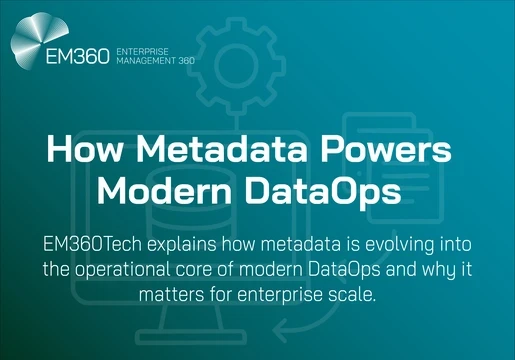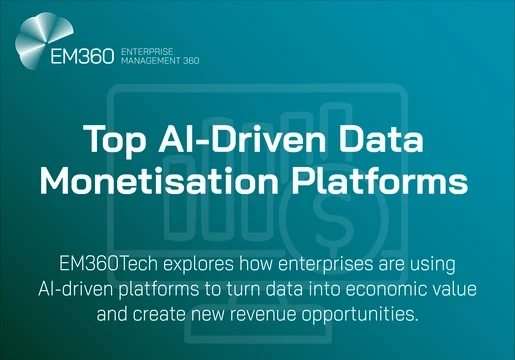Graph databases are one of the 10 biggest data and analytics trends of 2019, according to Gartner's latest research. In fact, the advisory firm predicted that the category will experience a growth of 100% annually through 2022.

Gartner praises graph databases
In effect, graph data stores efficiently model, explore, and query data with complex interrelationships across data silos. Despite their evident value, Gartner insists that the need for specialised skills has limited their adoption to date. However, graph databases will ultimately enable more complex and adaptive data science in the enterprise. The massive growth of these graphs is thus reportedly due to the need to "ask complex questions across complex data, which is not always practical or even possible at scale using SQL queries.” Graph databases are also making strides across multiple industries, including financial services, telecom, retail, pharmaceutical, and government. Applications often include security analytics, personalised recommendation engines, fraud and money-laundering detection, as well as AI and ML. In Gartner's Peer Insights "Voice of the Customer" Data Management Solutions for Analytics report, respondents cited TigerGraph as among the highest rated vendors. Overall, the company received 4.8 stars out of 5 in the market, making TigerGraph the highest rated offering alongside Alibaba Cloud and Snowflake.
The only scalable graph database for the enterprise
In total, 100% of TigerGraph's customers cited a "willingness to recommend" the technology. This is no surprise considering that the company offers the only scalable graph database for the enterprise.
Moreover, TigerGraph is the only graph database with real-time deep link analytics. In effect, the technology handles all the connections between data entities and thus enables users to "explore, discover and predict relationships more accurately, more quickly, and with more insight."
Traditionally, graph technology would falter if a dataset grew too big and users needed answers in real-time. However, TigerGraph executive Gaurav Deshpande told eWEEK that "the technology has evolved to tackle the toughest data challenges in real-time, regardless of how large or complex the data set.”
Indeed, TigerGraph can traverse hundreds of million of vertices/edges per second per machine. Traversing three to ten or more hops, TigerGraph executes this at orders of magnitude much faster than traditional approaches.
It is therefore time to consider the next stage in the evolution of the graph database, the first system capable of real-time analytics on web-scale data. Using real-time graph updates, TigerGraph empowers users to make the most of their valuable data sets.
How is the IoT transforming the enterprise? Jurjis Rapoports, Cybersecurity Lead at Deloitte, offered his invaluable insights







Comments ( 0 )